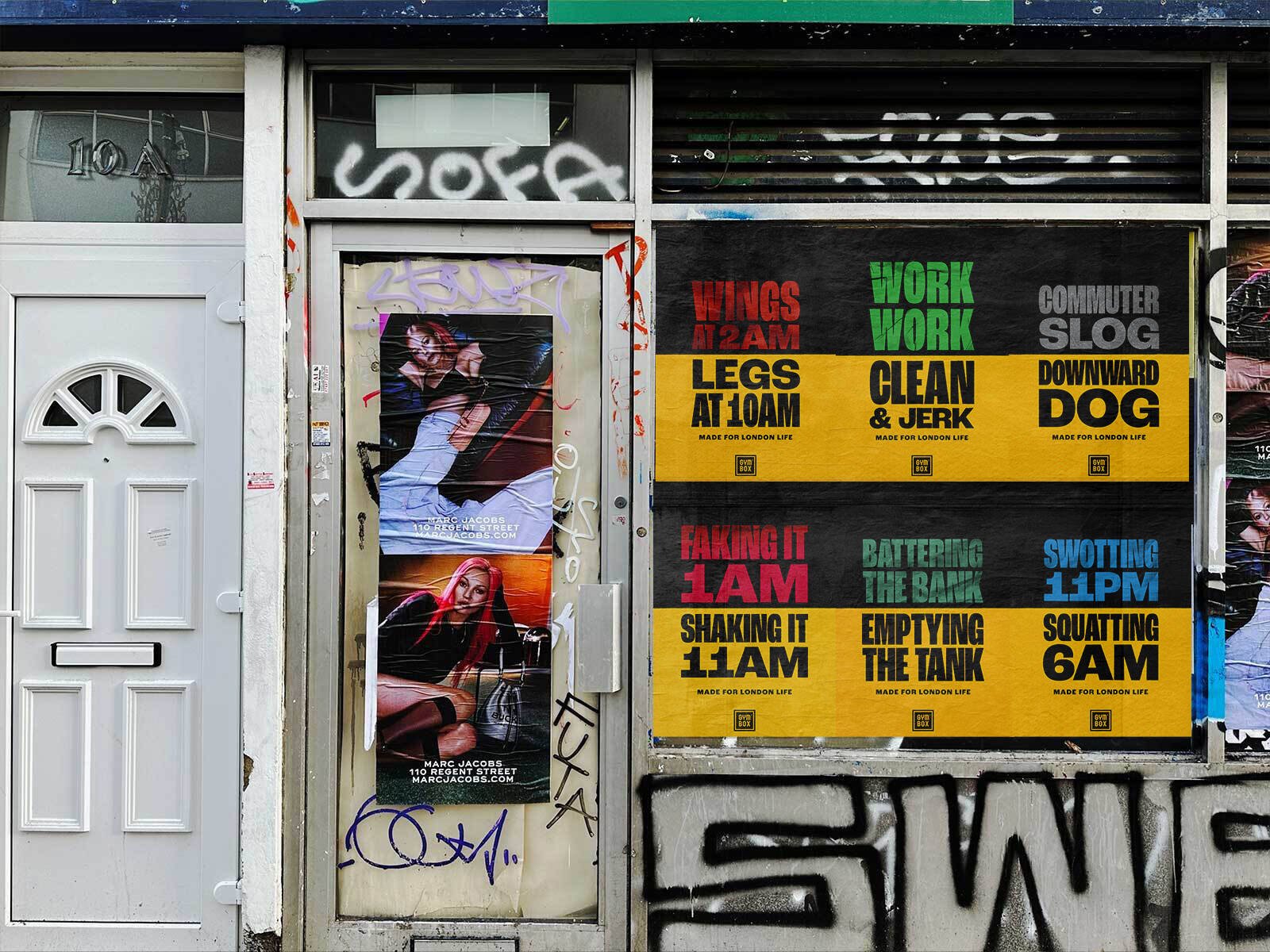Behaviour-led tips, advice, insights and thinking
Authenticity and representation: The secrets of marketing to midlife women
Midlife women are a powerful and diverse demographic that brands are failing to connect with.
12 Surprising Insights from Nudgestock 2024
Here are 12 of the most surprising insights that we learnt at Nudgestock 2024
Transforming Bradstone from traditional brand to brilliant brand
We transformed the Bradstone brand with a bold campaign to re-launch the brand to the market.
Midlife women - An untapped opportunity for marketers
Midlife women are being overlooking, presenting a significant opportunity for brands who are willing to cater to their needs and preferences.
Cannes Advertising Festival
Cannes Review - We expected a lot of chat about AI but at the end of the day, we’re united as an industry to do the same thing “good work”.
The Happiness Effect: How brands build long-lasting memories
The role of the psychology of happiness and how brands build long-lasting memories.
Never stop obsessing about crafting brand, design and advertising: D&AD Festival
Our Creative Director, Dorina, went to the D&AD Festival. These are the key things she learnt and was inspired by.
Unlocking the why
Have you ever wondered why people do the things they do? Understanding motivation can supercharge brands and campaigns.
3 key brand strategies to avoid tokenism with midlife women
Industry pioneers are bringing you three powerful brand strategies that you can embrace to help market your brand more authentically to midlife women.
8 tools and tech innovations to maximise retail success
A look at the big innovations in tools and tech impacting the world of retail.
Unlocking the Power of Midlife Women
It's time for brands to listen to and understand midlife women consumers, a powerful demographic that wants to be seen and heard.
Four key consumer behaviour trends in 2024
Back-of-pack backlash. In 2024, everyone will be looking a little more closely at the food items they put in their baskets. Two big and quite different forces are giving shoppers (at both ends of the wealth spectrum) reason to actively think about their food.
Home, Lifestyle & Garden Trends 2024-25
Here we take a look at the biggest and boldest Home, Lifestyle & Garden Trends for 2024 and 2025. Covering trends, materials and more.
The importance of a memorable brand
Brand memorability is no longer an option – it’s a necessity to building lasting loyalty. But what exactly is it, and how can you achieve it for your brand?
AI vs Agency - can AI take our jobs?
Can AI take our jobs? Alongside Channel 4 we took part in a battle to see if the experts of AI could create a more compelling smoothie brand.
Employee of the Year : It could be Rotterdam or anywhere
The most amazing trip to Rotterdam thanks to our employee of the year scheme and the agency I work for!





















